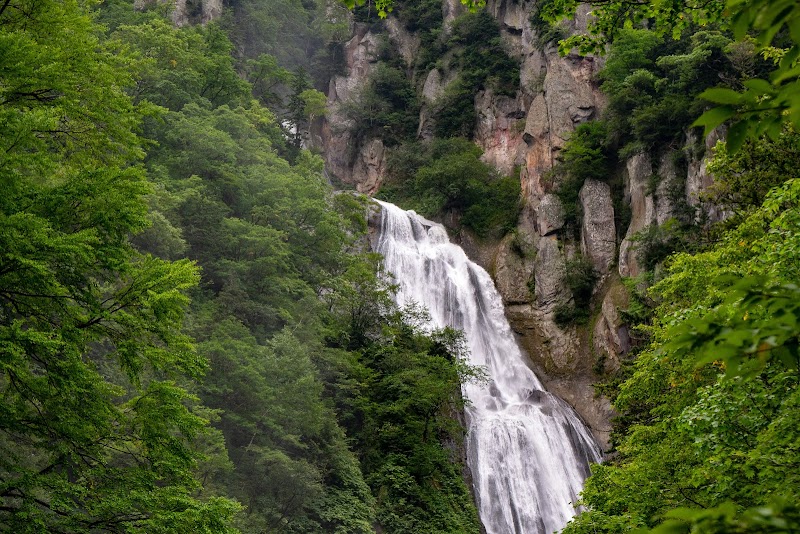
Furano Lavender Festival: A Practical Adventure Through Hokkaido’s Violet Fields
Discover Furano Lavender Festival, where waves of violet stretch across summer fields near Asahikawa, Hokkaido. From easy strolls through fragrant rows to nearby hillside views, this festival offers vibrant sensory and cultural experiences coupled with practical advice for every visitor.
Arrive Early to Beat Crowds
Morning visits offer cooler temperatures, softer light for photos, and a quieter atmosphere perfect for immersion.
Wear Sturdy Footwear
Gravel and dirt paths can become uneven and dusty. Closed-toe shoes with good grip will keep you comfortable and safe.
Bring Water and Sun Protection
Summer sun in Hokkaido is direct and persistent. Hydration and sunscreen are crucial to keep energy up and avoid sunburn.
Plan for Limited Shade
Lavender fields offer little shelter. Pack a hat and sunglasses to shield against the sun during midday hours.
Furano Lavender Festival: A Practical Adventure Through Hokkaido’s Violet Fields
Every summer, Furano in Hokkaido transforms into a living canvas of violet hues, inviting visitors to the Furano Lavender Festival. This outdoor event, held just south of Asahikawa, lets you walk through broad fields where lavender stalks stand proudly, their fragrance daring you to slow down and breathe deeply.
The festival stretches primarily across Farm Tomita, a sprawling agricultural site created on gently rolling terrain. Expect about 3 kilometers of pathways weaving among the lavender plots, bordered by other aromatic blooms like rosemary and thyme that amplify the sensory experience. The ground is mostly flat, with occasional mild inclines, making it accessible to casual walkers and families, but sturdy footwear is Smart—the gravel pathways can get dusty or uneven after rain.
Mid-July to mid-August is prime time. Early mornings, when the light is soft and the fields shimmer with dew, offer the best opportunity to engage with the festival without crowds. The air, thick with lavender’s sweet and herbal aroma, feels alive, sending the flowers’ purple heads nodding as if greeting each visitor. Bees hum their constant vigil, pushing through blooms with a persistent energy.
Beyond just visual splendor, the festival offers hands-on experiences: lavender ice cream, essential oils crafting workshops, and fresh cut bouquets to take home. For hikers seeking more than the flower fields themselves, nearby hills provide elevated vantage points, granting sweeping views of the patchwork valleys below dotted with farms and distant peaks.
Hydration is key here—the sun in Hokkaido’s summer is insistent, and sunscreen plus a hat is essential. Although the festival grounds don’t involve strenuous climbing, combining this visit with nearby nature trails or hikes can add a fulfilling physical dimension to your day. Planning a visit to Asahikawa, just 40 minutes north, is recommended for convenient lodging and transport.
If you time your adventure for sunset, you’ll witness the lavender’s purple deepening, shadows stretching long, and the scent lingering in the cooling breeze—a fitting finale to an experience where nature remains fiercely itself: bold, bright, and unwavering.
Nearby Trips
All Adventures
Boat Charters
Water Activities
Adventures near Asahikawa, Hokkaido
Discover the unique and memorable adventures that make Asahikawa, Hokkaido special.
Frequently Asked Questions
Is the Furano Lavender Festival accessible for families with children?
Yes, the grounds are mostly flat and accessible. Paths are stroller-friendly with plenty of open space, although supervision is recommended near areas with uneven gravel. There are family-focused events like lavender crafts and kid-friendly food stalls.
Can I combine the festival visit with hiking nearby?
Absolutely. The Furano region offers hiking trails in surrounding hills with moderate elevation gains, perfect for adventurers wanting to extend their day. Trails such as Mount Tokachi provide panoramic views of lavender fields and beyond.
Are there any lesser-known viewpoints within the festival area?
Yes, a small ridge near Farm Tomita’s east side offers an elevated vantage point less traveled by tourists, providing sweeping views of patchwork fields stretching toward Daisetsuzan Mountains.
What wildlife might I encounter during my visit?
Insects like bees and butterflies patrol the lavender, essential to pollination. Bird species such as wagtails and sparrows are common, while the surrounding forests host deer and foxes, mostly shy and present in early morning or dusk.
Is public transport available to the festival from Asahikawa?
Yes, buses run regularly from Asahikawa station to Furano and stop near Farm Tomita. Renting a bike or car is recommended for more flexible exploration of the area beyond the festival.
What environmental practices are in place at the festival?
Farm Tomita employs sustainable farming techniques, minimizing pesticide use to protect both the lavender and local pollinators. Visitors are encouraged to stay on designated paths to preserve plant life and avoid disturbing habitats.
Recommended Gear
Comfortable Hiking Shoes
Protect feet from gravel paths and dusty terrain while keeping you comfortable during the strolls.
Water Bottle
Stay hydrated in the summer heat, especially when walking long distances in open fields.
Hat and Sunglasses
Shield yourself from direct sun exposure during midday hours and maintain energy levels.
Light Jacket or Windbreaker
Preparedness for changing temperatures and occasional breezes, especially in early mornings or late evenings.
Local Insights
Hidden Gems
- "The ridge viewpoint east of Farm Tomita"
- "Nearby Tomita Winery, offering local wines and vineyard views"
Wildlife
- "Japanese honeybees"
- "sparrows"
- "red foxes"
- "deer"
History
"Furano’s lavender tradition began in the 1950s with Farm Tomita pioneering commercial cultivation, transforming the area into a fragrant agricultural hub central to Hokkaido’s summer tourism."
